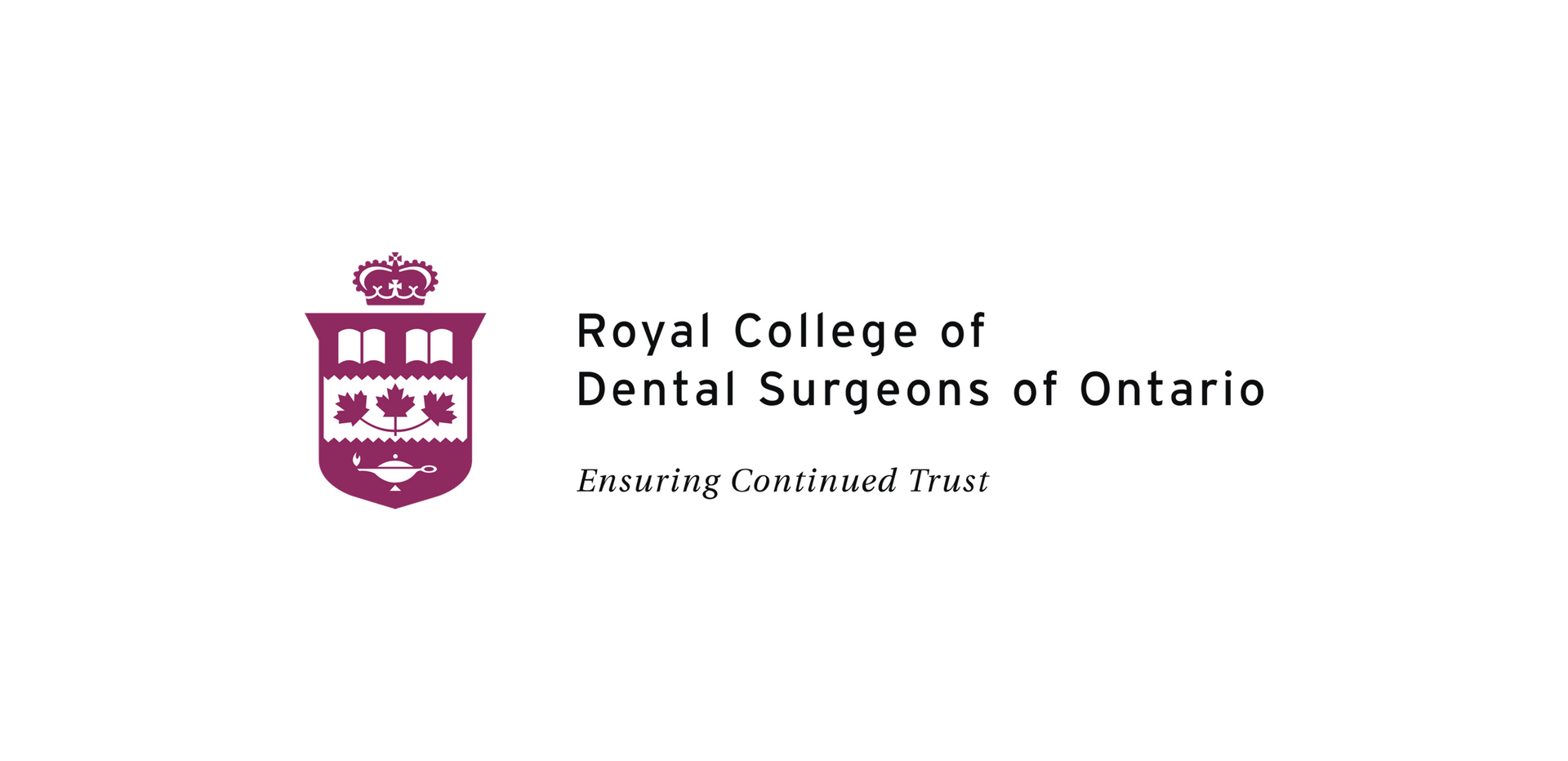Dental Sealants
Dental sealants are a simple, effective way to protect your teeth, especially molars, from cavities and decay. These thin, protective coatings are applied to the chewing surfaces of back teeth, where grooves and pits can easily trap food and bacteria. Sealants act as a barrier, preventing plaque buildup and making brushing more effective.
Why Dental Sealants Matter
Extra Protection for Cavity-Prone Teeth
Resin-Based Sealants
Long-Lasting Protection for Cavity-Prone Areas
Resin-based sealants are plastic coatings applied to the grooves of molars and premolars to prevent tooth decay. These sealants form a strong, protective barrier that blocks food particles and bacteria from settling into hard-to-clean areas. Their durability makes them a reliable choice for both children and adults.
What to Expect When Getting Resin-Based Sealants
After a thorough cleaning, your dentist will apply the resin sealant to the chewing surface of the tooth. The material is hardened using a special curing light, instantly creating a shield against decay. The procedure is quick, comfortable, and non-invasive—often lasting up to 10 years with proper care.
Glass ionomer sealants offer a gentler form of cavity protection and are ideal for younger patients or teeth that are still erupting. While not as long-lasting as resin-based options, these sealants continuously release fluoride, helping strengthen enamel and reduce the risk of decay over time.
What to Expect When Getting Glass Ionomer Sealants
Your dentist will clean and dry the tooth before placing the sealant material, which bonds directly to the enamel. Because no curing light is required, application is quick and easy. These sealants are often used in pediatric care or when a temporary solution is preferred during dental development.
Glass Ionomer Sealants
Fluoride-Releasing Defense for Developing Smiles
Looking for Extra Cavity Protection?
Sealants provide simple, long-lasting defense against decay—especially for kids and teens. It’s one of the easiest ways to prevent future dental work.





